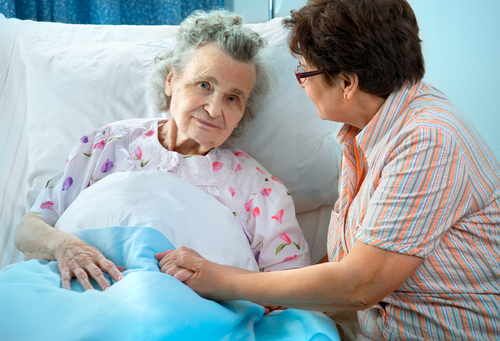Increasingly, family caregivers with no formal training are doing the kind of work more commonly associated with hospital-based nurses: operating dialysis machines and ventilators, administering IVs and injections, and using monitors for blood glucose, oxygen saturation and more. AARPs’ Public Policy Institute and the United Hospital Fund have released a new survey on the topic.
Increasingly, family caregivers with no formal training are doing the kind of work more commonly associated with hospital-based nurses: operating dialysis machines and ventilators, administering IVs and injections, and using monitors for blood glucose, oxygen saturation and more. AARPs’ Public Policy Institute and the United Hospital Fund have released a new survey on the topic. The Boston Globe has a good article on the subject.
Many of the caregivers are performing advanced tasks such as those described above, but few report getting appropriate (or any) training to do these jobs. In my experience the equipment can be complex and it’s extremely easy to make a mistake. (See my recent, related post about managing a complex pediatric regimen at home.)
It’s unlikely that a great influx of trained, affordable nurses will be arriving anytime soon, but there are a couple paths that hold promise:
- Hands-on training for caregivers, integrated into doctor visits, with follow-up available by phone and videoconference using Skype and similar readily available technologies
- Intuitive, consumer oriented equipment and supplies, akin to what Apple has done in the consumer electronics sector. You see it to some extent already in self blood glucose monitoring for diabetes, but there’s a lot further to go. FDA should encourage better consumer usability in its approval process
(image: caregiver/shutterstock)








